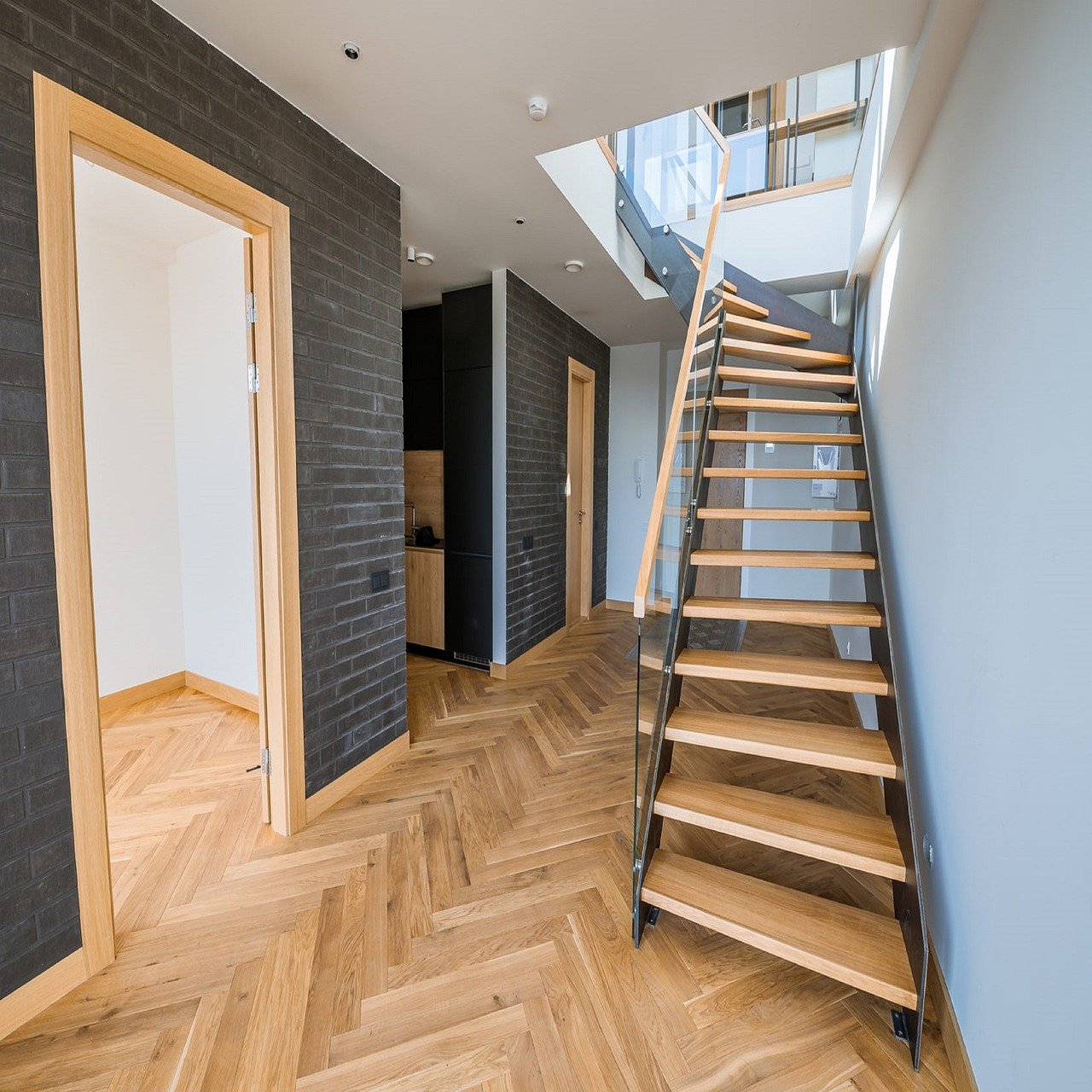Development of an eco-friendly and sustainable environment is more of a lifestyle than just a trend for many people. The global population is now realizing that climate change, depletion of resources, and degradation of the environment are now their precepts. Green building certification hence comes to play in prime importance as far as construction is concerned. The certification helps developers, architects, and builders design buildings that are resource-efficient as well as environmentally responsible. This article attempts to explain green building certification, its advantages, requirements, and its working process.

Green Building Rating Is
Green building certification is the condition of an independent third party for a building to show evidence of being sustainable and environment friendly. There are certifications that required several standards, such as energy efficiencies, water conservation, indoor air quality, and sustainable materials, in evaluating the building from all perspectives. Certification is indeed assurance that due consideration has been given to the building with high environmental standards and it is also an appreciation token to devs and property owners who truly want the sustainable practices.
International Green Building Certification Bodies
In the world, many international organizations are providing various green building certification schemes. These bodies set standards that are stringent enough for the buildings to be certified. Some of the more popular green building certification programs include:
The programme LEED (Leadership in Energy and Environmental Design) comprises one of the most popular among several certifications across green buildings across the world. LEED becomes a part of the U.S. Green Building Council (USGBC). In India, LEED is a points-based system that credits buildings according to the points earned through attaining some of the sustainability criteria.
This proves to be BREEAM. BREEAM is the UK’s certification programme that examines a building’s performance, overall environmental, and ratings in energy consumption, water use, and waste management.
WELL Certification This is an on-mission assassination from the International WELL Building Institute (IWBI) that measures and comprehends the health and wellness of occupants. It considers air quality, lighting, and natural ventilation as top of the pyramid.
EDGE stands for Excellence in Design for Greater Efficiencies. It is an initiative of the International Finance Corporation (IFC) on Certification. The initiative awards buildings for using at least 20% less energy, water, and material than that of a typical building.
Green Globes Green Globes is yet another universally accepted certification system developed by the Green Building Initiative (GBI) which evaluates sustainability in terms of energy efficiency and water use along with resource management.
Green Building Certification in India
India has made considerable progress in setting green building standards and offering a range of certifications to developers. Some of the major green building certifications in India include:
Indian Green Building Council (IGBC) Certification The IGBC is a non-profit organization promoting sustainable built environments. This certification by IGBC follows a point-based system like LEED and assesses buildings on several environmental parameters.
GRIHA (Green Rating for Integrated Habitat Assessment) GRIHA is India’s national star rating tool for the green building developed by the Ministry of New and Renewable Energy (MNRE). It evaluates the performance of buildings in terms of energy and environmental efficiency in a broader context.
Bureau of Energy Efficiency (BEE) Ratings Energy efficiency assessments and promotion for buildings are done by BEE, the government of India and buildings assessed for their energy performance receive higher rating for better efficiency and lower rating for less efficient buildings.
Energy Performance Index (EPI) The assessment of the Energy Performance Index provides metrics through which energy usage and efficiency of buildings can be evaluated, thus assessing how well a building can save energy.
Eco-Housing Certification The Eco-Housing Certification has been gazetted by MoHUA to foment green housing, cueing in on energy efficiency, environmental goodness, and social responsibility.
Not only does each certification program have its specific requirements, but many common features exist that buildings must have in order to qualify for green building certification. These include:
Energy Efficiency Requirements It covers the meet with standards for energy efficiency in all green building certifications. It may consist of energy-efficient lighting systems, optimally designed HVAC systems, and thermally insulated building envelopes. All these serve to minimize energy consumption so that operational costs are reduced, and the carbon footprint of the building is lowered.
Sustainable Building Materials Environmentally friendly materials are used in the construction of green buildings, as opposed to using conventional materials. This also means locally sourced materials to reduce transportation emissions and recycled products, as well as materials sourced from renewable resources such as certified timber.
Water Management Efficiency in water management system. The green buildings should have reduced water consumption in-the-installed systems such as taps, showers, and toilets. These buildings should further have rainwater harvesting and greywater reuse to reduce dependence on municipal water supply, which becomes even more critical in water-scarce regions.
Indoor Environmental Quality The green building is responsible for health and comfort among occupants. Good indoor air quality, natural light, and proper ventilation are the important aspects of a healthy indoor environment. These are not only facilities for occupant well-being, but also their productivity and satisfaction levels.
Site Sustainability The site is meant to refer to the impact of a building’s location on its surrounding environment. Best practices in sustainable sites would minimize disruptions to local systems, manage storm-water runoff, and support biodiversity.
Waste Minimization Waste management is yet another green building feature, which often includes waste minimization during construction and recycling and composting programs on building operations to minimize contribution to landfills.
Certification Process in Steps
Although the green building certification process generally comprises the following steps, it can differ from one program to another.
Registration Submit your building project to the certification program of your choice. This is often done online and is a prerequisite for applying to begin the project certification.
Documentation Assemble and submit the Required documents including designs, operational data, and sustainability specifications from which standards for certification can be ascertained.
Verification The next step in the process would be verification through on-site inspections or audits, or assessments of the submitted documents. This assures that the building adheres to the established criteria.
Certification Certification is the final stage after the building has undergone verification. By certifying the building, there is an acknowledgment of its commitment to sustainable practice and environmental care.
Maintenance To renew the certification, regular performance reporting and monitoring are needed, which ensures that the building continues to satisfy the required standard over time.
Benefits of Green Building Certification
Green building certification has a lot of benefits, and that is influenced by environmental, as well as some economic benefit.
Environmental Benefits- Green buildings are those that save energy in operations, conserve water, reduce waste, and are thus environmentally friendly.
Economic Benefits- Generally, certified green buildings have lower operating costs, higher property value, and more demand from tenants. They also enjoy tax incentives and lower insurance premiums.
Social Benefits- Green buildings sustain better indoor air quality, better daylighting, and thus healthier living or working conditions. Therefore, they create the possibility of more social responsibility and community involvement.
Market Benefits- Certification differentiates a property in the marketplace and targets more environmentally aware tenants and buyers. It boosts brand perception and marketability of the property.
Conclusion:
There is no argument that certifications in green construction serve as the first step to a more sustainable, responsible, and healthy built environment. Given the plethora of certifications available in the world and India, developers, architects, and builders can pre-select a program that meets their own sustainability goals. Therefore, green building practice certification, more than ever, gives a crucial opportunity for real estate to influence a greener and resource-efficient future. Join the sustainability movement and be a partner in environmentally conscious development with organizations like Confident Group. Together, we can build a greener world.

